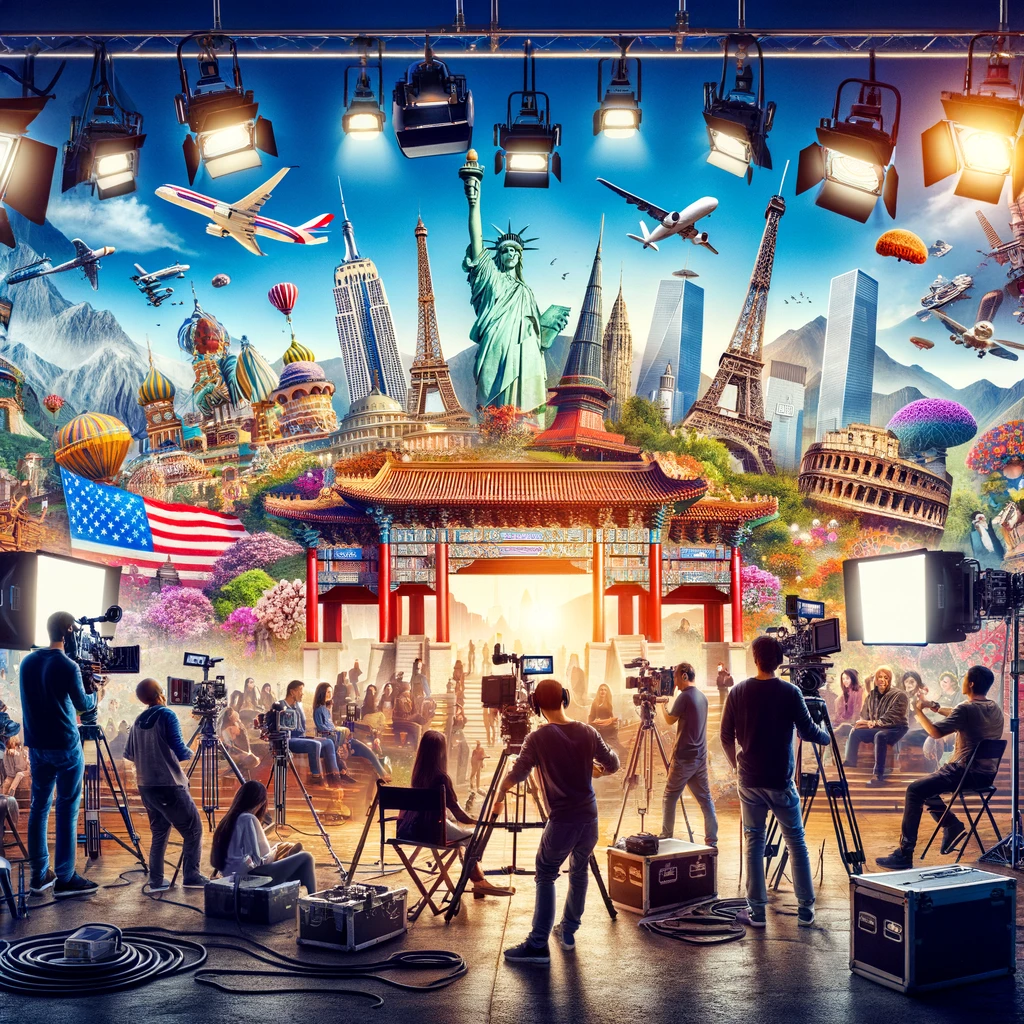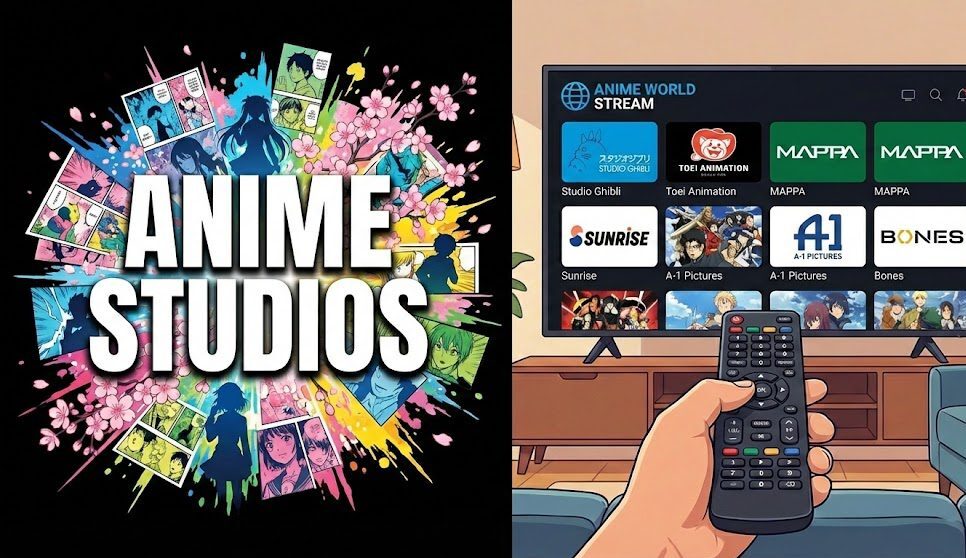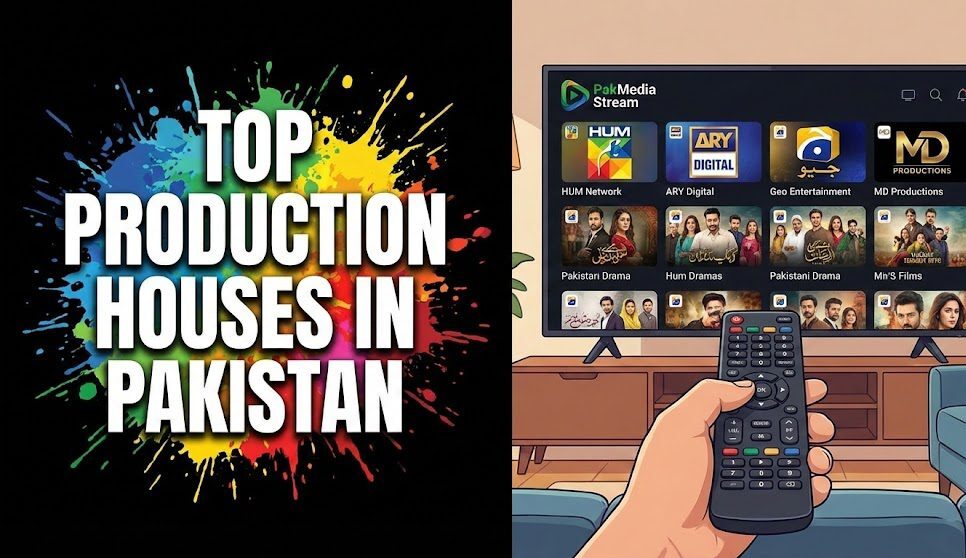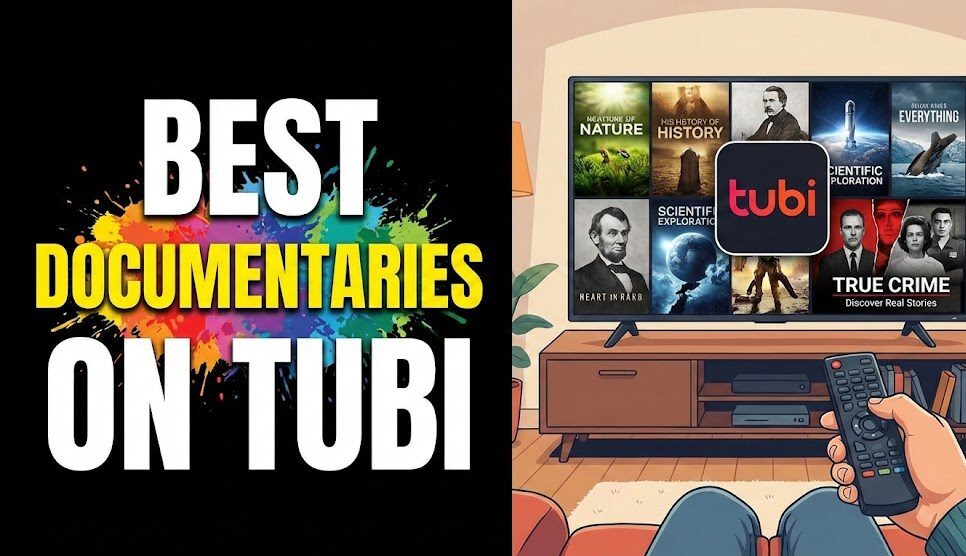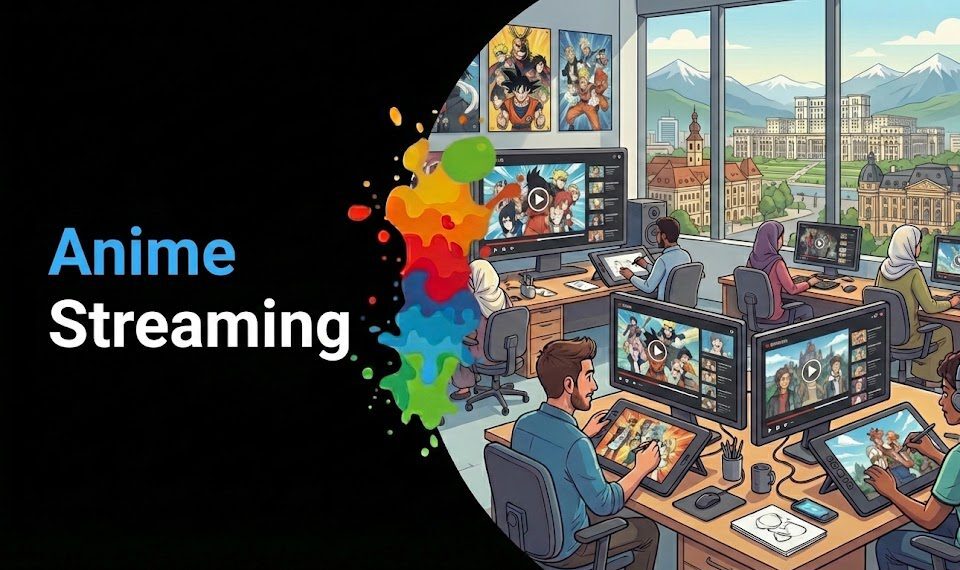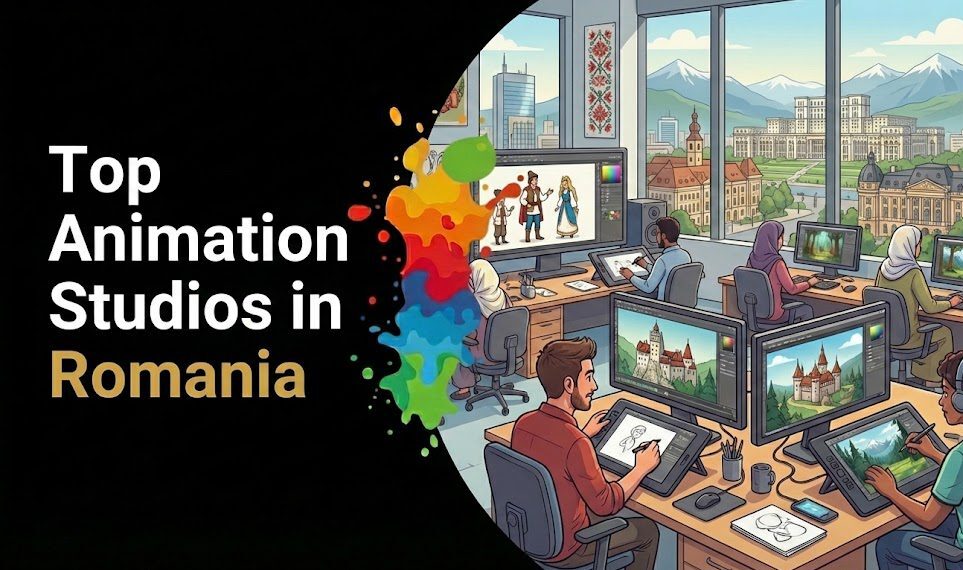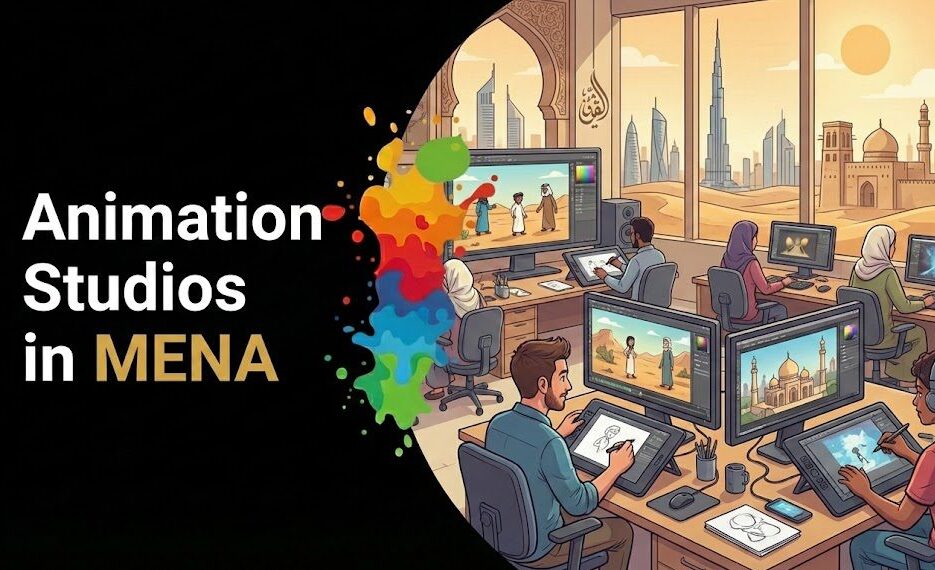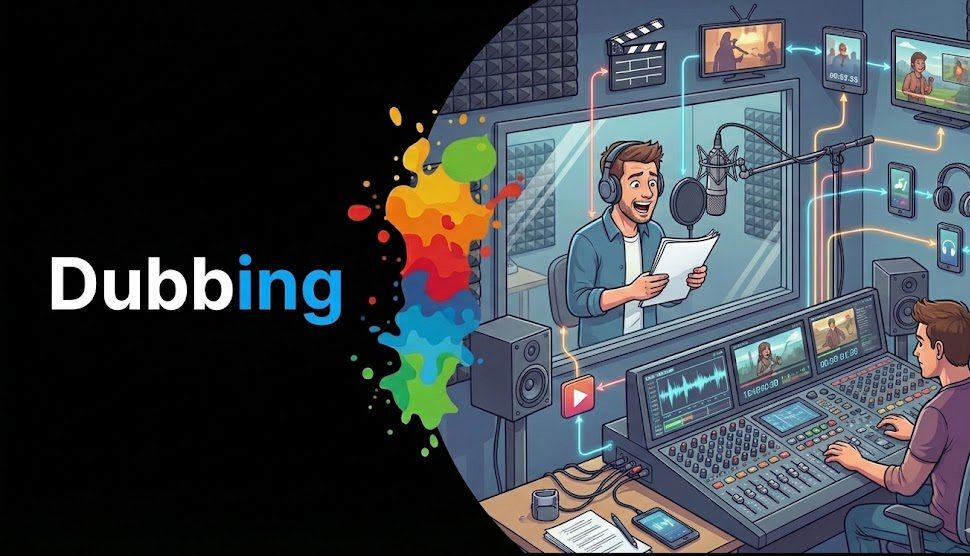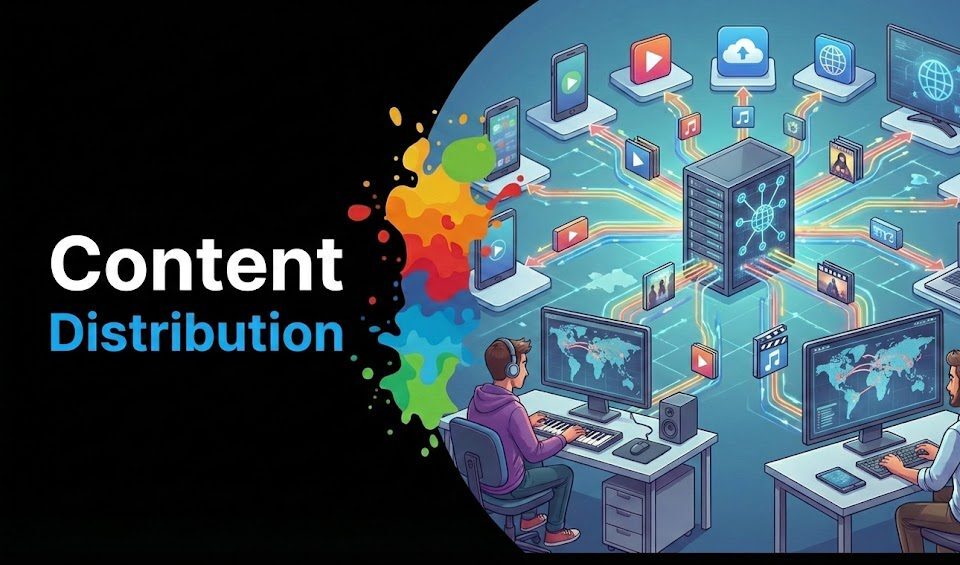Introduction
Post-production is where a film or video truly comes to life, transforming raw footage into a polished, professional product. This critical phase involves editing, sound design, visual effects, and color grading, ensuring that every element of the story aligns perfectly with the filmmaker’s vision. Whether you’re an independent filmmaker or working on a big-budget production, mastering post-production techniques is essential for delivering high-quality content.
In this guide, we’ll dive into the key aspects of post-production, from workflows and tools to the latest industry trends. We will also explore how filmmakers and editors can collaborate effectively to create compelling content.
Key Takeaways
| Topic | Summary |
| What is Post-Production? | Overview of post-production stages and their importance. |
| Post-Production Workflow | Steps from raw footage to final output. |
| Best Editing Software | Top editing software for filmmakers in 2024. |
| The Role of Sound Design | How sound design enhances the storytelling process. |
| Color Grading vs. Color Correction | Differences between color grading and correction techniques. |
| Visual Effects in Post-Production | Key aspects of integrating VFX into post-production. |
| Post-Production Audio | ADR, Foley, and mixing explained for film audio post-work. |
| Film Editing Timing | Why timing is crucial for impactful film editing. |
| AI in Film Editing | The future of AI integration in post-production processes. |
| Collaboration in Post-Production | The director-editor relationship and its impact. |
Table of content
-
- Introduction
- What is Post-Production?
- The Post-Production Workflow Explained
- Best Editing Software for Filmmakers in 2024
- The Role of Sound Design in Post-Production
- Color Grading vs. Color Correction: What’s the Difference?
- Visual Effects (VFX) in Post-Production
- Post-Production Audio: ADR, Foley, and Mixing
- The Importance of Timing in Film Editing
- Managing Post-Production Workflows in Independent Films
- The Future of AI in Film Editing
- Collaboration Between Directors and Editors
Streamline Your Filmmaking with AI

What is Post-Production?
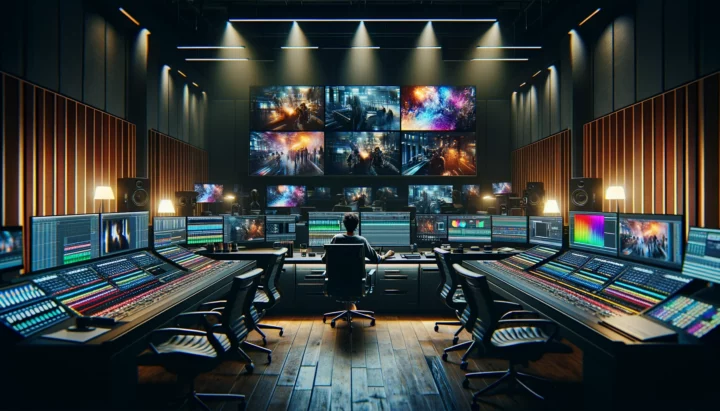
Post-production refers to all the tasks that take place after the actual shooting of the film or video is completed. It includes video editing, sound design, visual effects (VFX), color correction, and more. This phase is crucial as it shapes the final product, transforming rough footage into a cohesive narrative.
The three major stages of post-production include:
- Editing – Arranging and cutting video clips.
- Sound Design – Adding music, dialogue, and sound effects.
- Visual Effects – Enhancing footage with VFX and CGI.
The post-production workflow plays a vital role in the filmmaking process, ensuring smooth collaboration between all departments.
The Post-Production Workflow Explained
An efficient post-production workflow is the backbone of any film project. It involves a step-by-step process, starting from the organization of raw footage to the delivery of the final output. A well-structured workflow ensures that editors can collaborate seamlessly with sound designers, visual effects artists, and colorists. Learn more about the post-production workflow.
Key Steps in the Post-Production Workflow:
- Ingesting Footage – Importing and organizing raw footage.
- Rough Cut – Assembling a preliminary version of the film.
- Sound Editing – Incorporating sound design, ADR, Foley, and mixing.
- Visual Effects (VFX) – Adding special effects.
- Color Correction and Grading – Fine-tuning the visual aesthetics.
- Final Cut and Mastering – Producing the final version.
Having a clear understanding of these steps helps in managing time effectively and avoiding common post-production challenges, such as delays and miscommunication.
Best Editing Software for Filmmakers in 2024
Choosing the right editing software is one of the most important decisions a filmmaker can make in post-production. With advanced features and user-friendly interfaces, software such as Adobe Premiere Pro, Final Cut Pro, and DaVinci Resolve have become industry standards. Each of these offers unique tools that cater to different aspects of the editing process. For a comprehensive guide on the latest tools, check out the best editing software for filmmakers in 2024.
Top Editing Software in 2024:
- Adobe Premiere Pro – Known for its versatility and integration with other Adobe products.
- Final Cut Pro – Popular among Mac users for its seamless performance.
- DaVinci Resolve – Excellent for color grading and editing, widely used in high-end post-production.
Each tool has its pros and cons depending on the specific needs of your project, such as color grading, special effects, or sound editing.
Boost Creativity with AI

The Role of Sound Design in Post-Production

Sound design plays a pivotal role in creating an immersive experience for the audience. It enhances the storytelling process by adding layers of emotion, mood, and atmosphere to the visuals. Without sound, even the most visually stunning footage can feel flat and incomplete. During post-production, sound design involves working on dialogue (including ADR), Foley sounds, and the overall audio mix.
ADR (Automated Dialogue Replacement) is used to re-record dialogue in a studio to fix issues from the on-set audio recording. Foley, on the other hand, involves recreating everyday sounds (like footsteps or doors creaking) to enhance the audio quality and believability of a scene. These elements come together to produce a rich, dynamic soundscape that supports the narrative.
To dive deeper into how sound design impacts post-production, check out The Role of Sound Design in Post-Production.
Key Elements of Sound Design:
- Dialogue Editing – Ensuring clarity and synchronization with visuals.
- Sound Effects – Using Foley to create realistic ambient sounds.
- Music – Adding original scores or licensed music for emotional impact.
- Mixing – Balancing dialogue, sound effects, and music for the final audio mix.
A well-executed sound design can elevate the viewing experience, making it more immersive and engaging for the audience.
Color Grading vs. Color Correction: What’s the Difference?
Color correction and color grading are two essential tasks in post-production, and while they are often used interchangeably, they serve different purposes.
- Color Correction: This is the first step, where editors adjust the footage to ensure that the colors look natural and consistent across all shots. This process involves fixing issues like exposure, white balance, and color temperature.
- Color Grading: This comes after color correction and is more of a creative process. Grading enhances the visual tone of the film to create a specific mood or aesthetic. It’s the reason why some films have a warm, nostalgic feel while others might feel cold and stark.
For more on how to effectively manage these processes, visit Color Grading vs. Color Correction.
Color Correction and Grading Techniques:
- Exposure Adjustments – Ensuring consistent brightness levels across scenes.
- White Balance – Correcting color casts caused by lighting conditions.
- Saturation and Contrast – Enhancing the vividness and contrast of colors.
- Creative Grading – Applying color tones that match the film’s mood.
Understanding these differences is key to delivering visually cohesive and emotionally resonant content.
Visual Effects (VFX) in Post-Production
Visual Effects (VFX) are a crucial part of many films today, especially in genres like sci-fi, action, and fantasy. VFX can range from subtle enhancements like removing a background element to creating complex CGI worlds. Post-production is where all the VFX work happens, with a team of artists and compositors integrating these effects seamlessly into the footage.
The scope of VFX in post-production can vary from film to film. Some projects may require minimal effects, like digital touch-ups, while others rely heavily on CGI (computer-generated imagery) to create entire characters, landscapes, or action sequences.
For an in-depth look at how VFX are integrated into the filmmaking process, explore Visual Effects (VFX) in Post-Production.
Common Types of VFX in Post-Production:
- Compositing – Combining multiple elements into a single frame.
- Green Screen Removal – Replacing backgrounds using chroma key techniques.
- 3D Modeling and Animation – Creating digital characters and environments.
- Motion Tracking – Synchronizing visual effects with live-action footage.
VFX allow filmmakers to push the boundaries of what is possible, creating visual experiences that captivate audiences.
Adapt Your Bestseller with Ease

Post-Production Audio: ADR, Foley, and Mixing
In post-production, audio is as important as the visuals. A well-crafted audio mix can enhance the story, build tension, and even convey emotions that visuals alone might not. Post-production audio work involves tasks like ADR, Foley, and final mixing, which bring the film’s soundscape to life.
- ADR (Automated Dialogue Replacement): This involves re-recording dialogue in a studio to fix issues like background noise or unclear speech during filming.
- Foley: Sound artists create Foley effects to mimic sounds that are difficult to capture during production, such as footsteps or doors closing.
- Mixing: The final audio mix blends dialogue, sound effects, and music into a cohesive track that supports the story.
For more information on audio post-production techniques, see Post-Production Audio: ADR, Foley, and Mixing.
The Importance of Timing in Film Editing
Timing is one of the most critical aspects of film editing. A well-timed cut can enhance the emotional impact of a scene, build suspense, or drive the pacing of a story. On the other hand, poor timing can make a scene feel disjointed or dull. Mastering the rhythm of cutting between shots, dialogue, and action is an essential skill for any editor.
The concept of “pacing” in film editing refers to the speed at which scenes unfold, which is influenced by the duration of each shot and the flow of transitions between them. Pacing helps keep the audience engaged and moves the story forward at the right tempo. Whether you’re editing fast-paced action sequences or slow, dramatic scenes, understanding the importance of timing is key to effective storytelling.
To learn more about how timing affects editing, visit The Importance of Timing in Film Editing.
Key Factors in Timing and Pacing:
- Scene Duration – Determining how long each scene should last.
- Cutting on Action – Creating seamless transitions between cuts during movement.
- Emotional Beats – Timing cuts to match the emotional tone of the scene.
- Rhythm and Flow – Ensuring the story flows smoothly from one scene to the next.
Mastering the timing in film editing can make the difference between a cohesive, compelling film and one that feels disjointed.
Managing Post-Production Workflows in Independent Films
Independent filmmakers often face unique challenges in post-production due to budget constraints, smaller teams, and limited resources. However, with proper workflow management, these challenges can be minimized. Independent films require efficient post-production workflows to stay on schedule and within budget while maintaining high quality.
A well-managed workflow involves clear communication between the director, editor, and other post-production departments, such as sound design and VFX. Independent filmmakers also often rely on freelancers for post-production tasks, which makes streamlined communication and task delegation even more important.
For more insights into handling indie film post-production, visit Managing Post-Production Workflows in Independent Films.
Tips for Managing Indie Post-Production Workflows:
- Budgeting for Post-Production – Allocating resources for editing, sound, and VFX.
- Collaborating with Freelancers – Coordinating tasks with remote editors, colorists, and sound designers.
- Efficient File Management – Organizing footage, sound, and effects for easier collaboration.
- Cloud-Based Tools – Using cloud platforms for file sharing and feedback.
Streamlined post-production workflows are essential for delivering high-quality indie films on time and within budget.
The Future of AI in Film Editing
Artificial intelligence (AI) is rapidly transforming many industries, and film editing is no exception. AI tools can now assist editors in various aspects of the post-production process, such as organizing footage, generating rough cuts, and even suggesting edits based on the pacing and tone of the footage. While AI is not yet at the point where it can fully replace human editors, it has become a powerful tool for speeding up workflows and increasing efficiency.
For example, AI-based tools can analyze hours of raw footage and suggest the best shots based on predefined criteria, saving editors valuable time. AI is also being used in color grading, sound editing, and VFX, where machine learning algorithms can make real-time adjustments that would take human editors much longer to complete.
To explore how AI is shaping the future of film editing, check out The Future of AI in Film Editing.
AI Tools in Post-Production:
- Automated Rough Cuts – AI tools that generate rough edits from raw footage.
- AI-Based Color Grading – Tools that adjust colors based on mood and lighting.
- Intelligent Sound Matching – AI algorithms that sync dialogue with visuals.
- VFX Automation – Using AI to speed up processes like motion tracking and compositing.
While AI is still in its early stages in post-production, it is clear that the future of film editing will increasingly rely on the capabilities of machine learning and automation.
Collaboration Between Directors and Editors
The collaboration between directors and editors is vital to the success of any film. Directors often have a specific vision for their projects, while editors bring technical skills and creative insights to the table. A strong working relationship between these two roles ensures that the final product aligns with the director’s vision while benefiting from the editor’s expertise in pacing, narrative structure, and technical precision.
Effective communication is key in this partnership. Directors should provide clear guidance on their vision and be open to suggestions from the editor. Editors, in turn, need to respect the director’s creative choices while offering their own perspective on how to improve the flow and impact of the film.
For more on this essential collaboration, read Collaboration Between Directors and Editors.
Best Practices for Director-Editor Collaboration:
- Clear Communication – Ensuring both parties are on the same page regarding the creative vision.
- Feedback Loops – Setting up regular feedback sessions to review cuts and make adjustments.
- Respecting Creative Roles – Acknowledging the director’s vision while allowing the editor’s expertise to shine.
- Flexibility – Both parties being open to changes and adjustments based on the film’s evolving needs.
A strong director-editor collaboration can greatly enhance the quality of the final film, ensuring that both technical and creative elements come together smoothly.
Conclusion
Post-production is an essential part of filmmaking, where the raw footage is transformed into a cohesive, compelling narrative. By mastering the post-production workflow, filmmakers can ensure that every visual and auditory element comes together to create a polished final product. Whether you’re handling color grading, sound design, or incorporating visual effects, using the right tools and techniques can make the entire process more efficient and cost-effective. With advancements in AI and collaboration tools, the future of post-production holds exciting possibilities for filmmakers, allowing them to work faster and smarter while maintaining creative control.
For indie filmmakers, streamlining post-production workflows is key to managing tight budgets and delivering quality films on time. Vitrina offers a suite of tools and services to help filmmakers navigate the challenges of post-production, from editing and sound to VFX and collaboration. Start optimizing your post-production process with Vitrina today!
Frequently Asked Questions
Post-production includes video editing, sound design, color grading, visual effects, and final mastering. It’s the phase where raw footage is polished into a final product, ready for distribution.
The time it takes for post-production varies depending on the complexity of the project. For smaller projects, it could take a few weeks, while larger, effects-heavy films may take several months.
Color correction adjusts the visual footage to ensure it looks natural and consistent across scenes, while color grading is more creative, enhancing or altering the mood and tone through color manipulation.
ADR (Automated Dialogue Replacement) is the process of re-recording dialogue to improve audio quality, while Foley involves recreating everyday sound effects to enhance the audio experience in a film.
While AI tools can assist with certain tasks, like rough cuts or color grading, human editors are still essential for creative decisions and storytelling. AI is more of a supportive tool rather than a replacement for human expertise.


